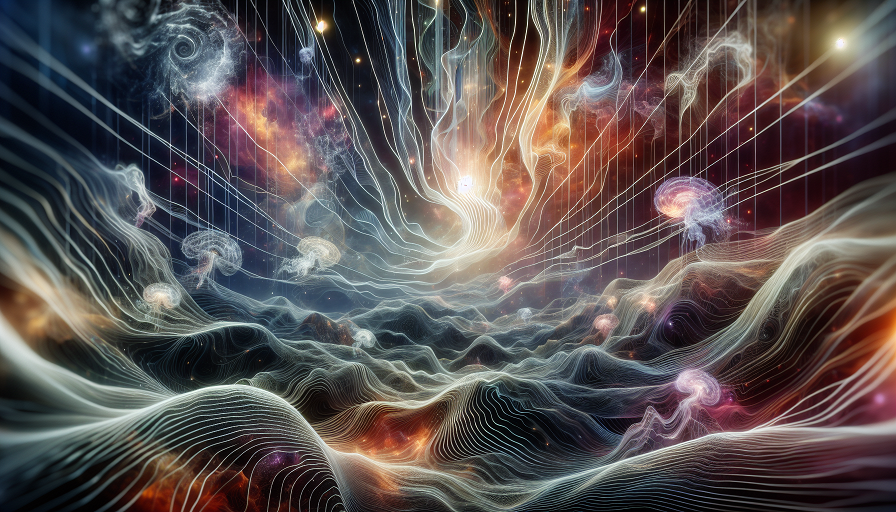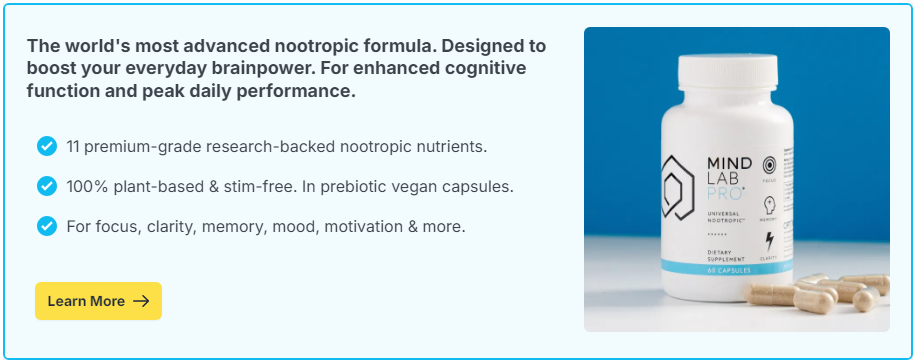
You’re watching your favorite show. The scene builds. Music swells. Just as the hero opens the door—fade to black. “To be continued…” And now you’re hooked, clicking “Next Episode” even though it’s 1:30 a.m.
That irresistible pull is no accident. Cliffhangers are more than a storytelling tool—they’re precision-engineered triggers that hijack your brain’s attention systems. Whether it’s in TV shows, books, or even email subject lines, cliffhangers exploit a cognitive bias that keeps you mentally engaged long after the screen goes dark.
But why does your brain cling so tightly to unresolved endings? And what does that reveal about how focus, memory, and curiosity actually work? As it turns out, the science behind cliffhangers explains far more than why you binge-watch—it unlocks core truths about how your mind stays sharp, motivated, and creatively engaged.
Contents
The Zeigarnik Effect: Why Unfinished Business Sticks
Your Brain Hates Loose Ends
The psychological phenomenon behind cliffhangers is called the Zeigarnik Effect. First identified by psychologist Bluma Zeigarnik, this effect describes how unfinished or interrupted tasks remain more accessible in memory than completed ones. The brain tags these unresolved elements as “incomplete,” keeping them active in your working memory.
In storytelling, this means that when a narrative pauses at a moment of tension—when the resolution is withheld—your brain won’t let it go. It keeps circling the loop, replaying the situation, and seeking closure. This keeps your attention fixated and your curiosity piqued.
Tension Fuels Attention
Uncertainty triggers the brain’s orienting response, which heightens alertness. Your nervous system gears up to receive new information. That’s why cliffhangers often lead to a spike in heart rate, pupil dilation, and a jolt of adrenaline. Your brain is preparing to resolve the unknown—and that heightened state of focus can spill over into other areas, including memory and decision-making.
The Neuroscience of Anticipation
Dopamine Drives Curiosity
Cliffhangers spark a flood of dopamine, the neurotransmitter linked to motivation and reward anticipation. It’s not the resolution that triggers the biggest rush—it’s the anticipation of resolution. This means the suspense itself is what engages your brain, not necessarily the payoff.
This same anticipation mechanism drives learning, innovation, and risk-taking. Your brain loves open questions and unresolved challenges. In fact, curiosity activates the same reward circuitry as food and social connection.
Working Memory Holds the Loop
The mental effort to “keep the story alive” falls on your working memory. This system juggles active information so your brain can revisit, rehearse, and manipulate ideas. When a story is left hanging, your brain bookmarks the key details and keeps them within reach, taking up valuable cognitive real estate.
This is also why unresolved tasks in your personal or professional life tend to weigh heavily—they’re being looped through the same system, reducing your capacity to focus elsewhere.
Everyday Cliffhangers: More Common Than You Think
News Headlines and Clickbait
“You’ll Never Believe What Happened Next…” That sentence structure is a classic cliffhanger. It poses a question, denies the answer, and forces your brain into curiosity mode. It’s effective not because it’s informative, but because it’s incomplete.
Emails and Notifications
Unopened messages, unanswered texts, or vague notifications also act as cognitive cliffhangers. They draw attention away from your current task and pull focus toward the unresolved. Even if you don’t respond, the loop remains open in your mind.
Task Switching and Open Loops
Cliffhangers aren’t just narrative devices—they show up in your workflow, too. When you switch tasks mid-way, you leave behind a mental bookmark. If this happens repeatedly, your brain becomes cluttered with unresolved threads, making it harder to focus on any single item deeply.
What Cliffhangers Reveal About Focus
1. Attention Is Emotion-Driven
Focus isn’t just about willpower—it’s about emotional relevance. The brain pays attention to what feels urgent, incomplete, or personally significant. That’s why cliffhangers capture you more effectively than to-do lists. They attach emotion to information.
2. Memory Loves Tension
Information tied to unresolved questions tends to be remembered better. That’s why teachers use storytelling or cliffhanger-style questions to boost learning. When your brain feels a gap in understanding, it works harder to fill it in—improving memory consolidation along the way.
3. Curiosity Is a Cognitive Lever
Cliffhangers prove that curiosity can override fatigue, distraction, and even boredom. If you can embed a question or a gap into a task or project, you increase the brain’s investment in the outcome. This principle can be used to enhance focus in learning, work, and even creative projects.
How to Harness the Power of Cliffhangers
Set “Open Questions” in Your Work
Instead of finishing a work session with a completed task, try ending on an unresolved note—like a question you still want to answer or a bullet point to expand. This primes your brain to stay engaged and makes re-entry into the task smoother.
Use Curiosity as a Motivation Tool
Frame your goals around what you want to discover or uncover, not just what you need to do. Curiosity-driven tasks tend to be more engaging and mentally sustainable, especially over long periods.
Beware of the Distraction Cliffhanger
Not all cliffhangers are helpful. Be mindful of digital loops that prey on your attention without offering real resolution—like endless social feeds or binge-watching cues. These can drain focus and leave your brain in a fog of incomplete narratives.
Nootropics for Cognitive Clarity and Focus
Supporting the Brain’s Attention Systems
Your brain’s ability to focus on a narrative—whether it’s a show, a conversation, or a project—relies on neurochemical balance and mental stamina. Nootropics can support these processes by enhancing clarity, boosting working memory, and sustaining attention over time.
Recommended Nootropic Ingredients
- Citicoline: Supports memory formation and attention regulation, ideal for focus-heavy tasks.
- L-Theanine + Caffeine: Enhances alertness and reduces distractibility without overstimulation.
- Bacopa Monnieri: Improves memory retention, making it easier to track narrative threads and concepts.
- Noopept or Alpha-GPC: Offers fast-acting cognitive enhancement for tasks requiring high attention and pattern recognition.
Our trusted affiliate partners offer nootropic stacks with these ingredients, supporting mental sharpness while avoiding the crash-and-burn cycle of synthetic stimulants. When your brain is supported properly, it handles suspense—not just in stories, but in life—with greater ease.
The Takeaway: Unresolved Is Powerful
Whether it’s a thrilling finale, a lingering question, or a project you’ve just started, your brain is wired to stay with what isn’t finished. That same mechanism can distract you—or it can drive you to focus more deeply, think more clearly, and stay engaged longer.
By understanding the science behind cliffhangers, you gain insight into what really moves your attention—and how to manage it. Pair that knowledge with smart strategies and targeted nootropic support, and you turn curiosity into your superpower.
So the next time you find yourself craving the next episode or revisiting an open question, don’t fight it. Use it. Because your brain doesn’t just seek answers—it’s built to chase them.

